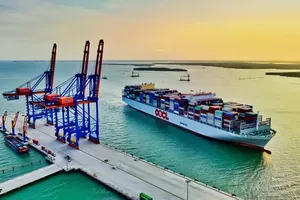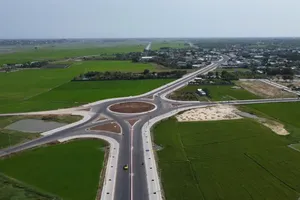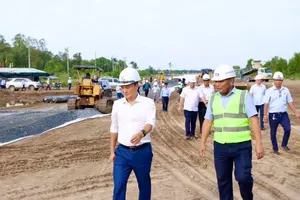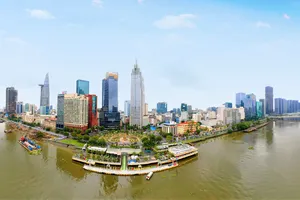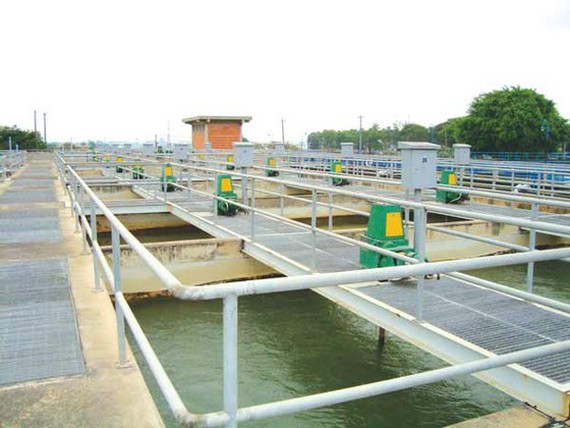
Currently, Sawaco is pumping raw water from Saigon River and Dong Nai River to Tan Hiep Water Plant Cluster and Thu Duc Water Plant where the water is treated, which is then used as the sole water supply for the people in Ho Chi Minh City.
However, parts of Saigon River near Cat Lai port is facing serious surface water microbial contamination. Statistics showed the level of ammonia, manganese, and microorganisms are rising fast despite measures to protect the water source, according to HCMC’s Department of Construction.
To solve this problem, Sawaco is conducting monthly tests and taking water samples across large bodies of water flowing into the city’s water sources. This also helps anticipate the risk of pollution in a timely manner.
Sawaco have also tailored systems for early warning and supervision of raw water quality at water plants to anticipate changes in the water sources. Their water plants also implement technologies capable of handling pollutants to ensure clean water output.
Additionally, Sawaco have asked other water plants in the system, namely Kenh Dong plant in Cu Chi and Dau Tieng reservoir, to work in sync with them to ensure normal water capacity in case they have to cut the supply from Saigon River due to pollution, said a manager at Sawaco.
It was said that HCMC’s Center for Disease Control and Prevention would also step in and independently sample water supplies all over the city.
Regarding long-term treatments, Sawaco suggested building saline prevention dams at Saigon River’s upstream, and reservoirs along the Dong Nai or Saigon rivers to regulate the flow, in addition to underground tanks to store clean water when unexpected breaches occurs in the water supply.


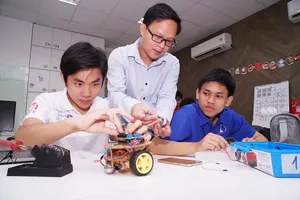



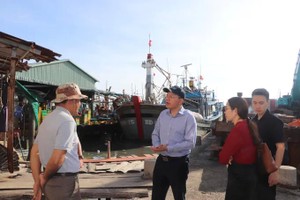
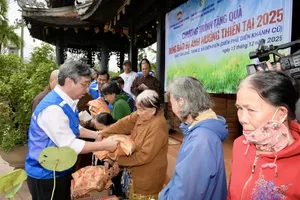


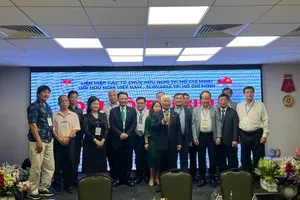

)
